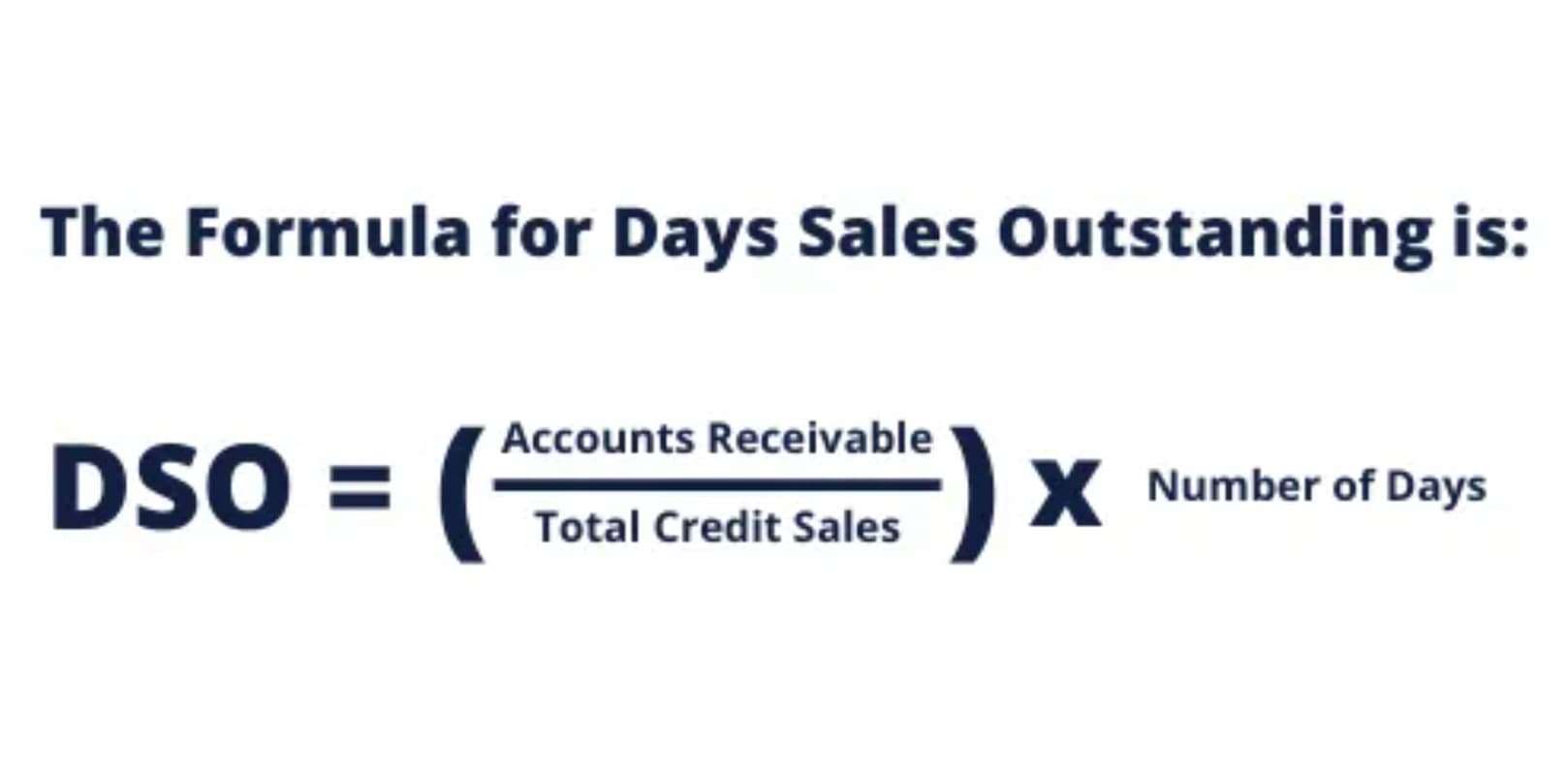
It helps non profits maintain trust with donors, manage funds effectively, and ensure that resources are used according to donor restrictions and organizational goals. By recognizing and addressing these common mistakes, non profit organizations can improve their bookkeeping practices, ensure compliance with regulations, and maintain the trust of their donors and stakeholders. Implementing these best practices will help non profits manage their finances more effectively and focus on their mission.
- Nonprofit bookkeeping is the systematic recording and organization of an organization’s financial transactions.
- Finally, the net cash flow section summarizes the total cash inflows and outflows from all activities, providing a clear picture of the overall change in cash position during the reporting period.
- Nonprofits generally use fund accounting to monitor and report on various funds and bank accounts separately.
- These create a unique revenue model for the organization that must be accounted for correctly.
Services

Like for-profits, nonprofits need a sound and accurate bookkeeping system to bring value to our communities. Those who fund grants and donate want to know their money is spent on the agreed-upon projects and programs. We’ve found six ways that the accounting process of nonprofits differ from for-profit businesses. Most nonprofits are still required to file Form 990, which shows expenses, revenue, and changes to accounting services for nonprofit organizations net assets. However, some organizations, such as foreign, political, and religious organizations, are exempt from filing Form 990.
- An audit and compliance system can help you ensure compliance and provide a framework for regular reviews of the organization’s financial practices.
- We also suggest that you find an accounting system that can perform fund accounting.
- Let’s begin by clearing up these points of confusion and ensuring we’re all on the same page about what bookkeeping is.
- LessAccounting is a comprehensive online accounting software that is specifically designed for non-profit, charitable, and church organizations.
- Nonprofits often have multiple funds designated for different purposes, such as restricted, endowment, or program-specific funds.
- This feature streamlines record-keeping, saves time and reduces manual errors.
What Does a Nonprofit Bookkeeper Do?

Nonprofit bookkeeping payroll goes beyond traditional financial metrics to assess the organization’s mission impact. Nonprofits often measure success not only in financial terms but also in terms of the social or environmental outcomes achieved through their programs and services. Tracking and reporting on mission impact require additional performance indicators and qualitative measures beyond traditional financial statements. Keep accurate records of in-kind donations, such as goods or services provided to the nonprofit without monetary exchange.

Scalability & Growth Support
Most accounting software allows you to create financial statements with just law firm chart of accounts a few clicks. You can create financial statements by uploading an Excel spreadsheet on an ad hoc basis. However, this takes a lot of time and effort and is not the easiest thing to calculate if you are not an accountant. Most organizations will allow a professional bookkeeper, accountant, or software to create these statements for them. By the end of this article, you will have a lens that gives structure to your efforts to build world-class accounting systems within your nonprofit. Nonprofits should provide transparency to stakeholders by publishing their financial statements, annual reports, and audited financial statements on their websites or other accessible platforms.
- In this article, we’ll discuss key bookkeeping responsibilities and steps to efficient bookkeeping and provide 3 software options that can help.
- If your books show more revenue than expenses, it’s possible there is some deferred revenue in there that needs to be properly accounted for.
- Ensure that the bookkeeping is conducted under the appropriate GAAP (generally accepted accounting principles), regardless of whether you or an internal volunteer is completing it.
- Choose the software solution that best meets your nonprofit’s budget, needs, and long-term goals.
- As your nonprofit grows, you must protect yourself and the organization from fraud.
- Proper accounting practices ensure a company meets these obligations and avoids potential legal and financial consequences.
- The board, executives, donors, and government funders are demanding better visibility into financial and outcome metrics.
The Difference Between Nonprofit Bookkeeping and Accounting
It helps donors and grantmakers see how their contributions are being used and ensures that the organization is managing its resources effectively. This section outlines the various sources of income for the nonprofit, including donations, grants, membership fees, and fundraising events. It helps stakeholders understand the diversity and reliability of the organization’s revenue streams. The Statement of Activities, similar to an income statement in for-profit entities, outlines the revenues and expenses over a reporting period.

- This document provides a detailed account of the cash inflows and outflows over a specific period, offering insights into the organization’s liquidity and operational efficiency.
- Below are some of the best nonprofit solutions for all your accounting needs today; selected based on features, pricing, strengths, and weaknesses.
- Nonprofits should undergo proper purchasing right from the planning phase so that they can plan, budget, and purchase correctly.
- In a business, the ultimate goal is to generate profits for the business, its owners, and shareholders, and the accounting system is oriented around this purpose.
- Ensuring robust internal controls and financial accountability is essential for the effective management of nonprofit organizations.
- Also known as the balance sheet, this statement provides a snapshot of the organization’s assets, liabilities, and net assets at a specific point in time.
- Nonprofit organizations must navigate a complex landscape of regulatory requirements and standards to maintain their financial integrity and public trust.
Financial statements give a complete view of your finances and how you use them. After you have set up your accounting software, we recommend that you start to produce financial statements to properly guide what is happening with the business. Nonprofits typically use a double-entry bookkeeping system, where every transaction affects at least two accounts. This system ensures that debits and credits are balanced and accurately represent the organization’s financial position. Popular options include QuickBooks Nonprofit, Aplos, Sage Intacct, Wave, Xero, and Araize FastFund Accounting.
